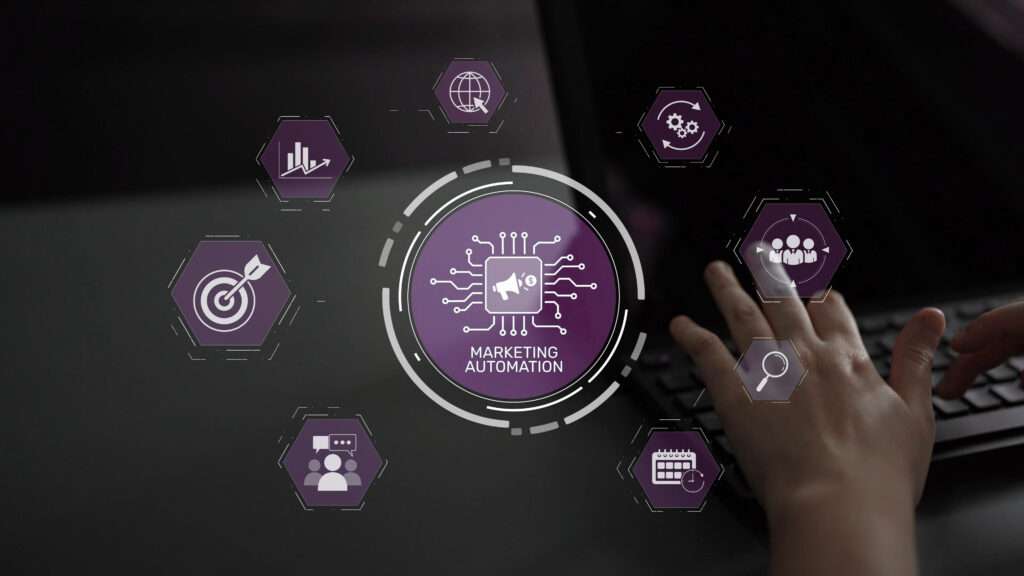From Hype to Impact: LLM for Customer Support

Beyond the buzzwords, Large Language Models are already redefining how companies connect with their customers — from instant support and smarter routing to proactive engagement and personalized interactions that truly scale. In this article, we dive into real-world use cases and tangible results that show how LLMs are delivering measurable value today. Read on to discover how AI is reshaping the customer experience — and what it means for your business.
Loyalty Engine: Advanced Stand-Alone or Simple Built-In eCommerce Platform

A loyalty engine is the core technology that powers modern loyalty programs—rewarding customers, adding gamification, and driving retention. Discover how it boosts engagement and customer lifetime value. Read the full article to see how it works in practice.
Read on to see exactly how Creatio can bring complete clarity and control to your sales funnel!
Read the article and find out how to organize your sales processes once and for all with Creatio!
Artificial intelligence in personalized marketing: definition, benefits and examples

Your customers ignore most marketing messages—but pay attention to those that feel tailored to their needs. That’s the power of AI personalization: turning one-size-fits-all campaigns into millions of unique interactions. Discover how AI transforms marketing with clear definitions, real benefits, and practical examples.
Creatio CRM Platform: From Chaos to Automation in 30 Days. No Developers Needed

Creatio is an innovative CRM powered by no-code/low-code technology. Discover the benefits it can bring to your organization!
Top AI marketing automation trends for 2025

AI is transforming marketing automation in 2025. From hyper-personalization to data-driven strategy, discover the key trends that will shape how brands grow and engage customers in the digital era.
What are AI agents? How can they support processes in modern business?

In the age of digital transformation, companies turn to AI to cut costs, streamline operations, and deliver better customer experiences. One of the most powerful tools driving this shift are AI agents—autonomous systems that can analyze data, make decisions, and adapt to dynamic conditions. Discover how they work and what benefits they bring to modern business.
How to implement Marketing Automation in Your business: a beginner’s guide

Marketing automation may sound like something reserved for large corporations with massive budgets. Nothing could be further from the truth. Today, even small businesses can benefit from modern tools to attract customers, save time, and operate more professionally. In this guide, we’ll show you how to implement marketing automation in your business—clearly, practically, and without marketing jargon.
What is sales and marketing intelligence? Definition and strategies

Modern B2B sales and digital marketing rely on data. However, it is not the information itself that creates a competitive advantage, but the ability to interpret it and transform it into valuable insights. This is precisely the role of Sales and Marketing Intelligence. In this article, we explain what this process is, what benefits it brings, and how to implement a sales and marketing intelligence software system step by step in your company.
Benefits of implementing a customer loyalty program for Your business

Discover how advanced customer loyalty programs increase retention, boost revenue, and turn buyers into brand advocates. Learn about the latest strategies, economic impacts, and measurable business benefits for your company.
What Is Marketing Automation? Key Benefits for Business

Discover what marketing automation is and how it boosts growth, improves personalization, and drives efficiency. Learn practical benefits for your business.








